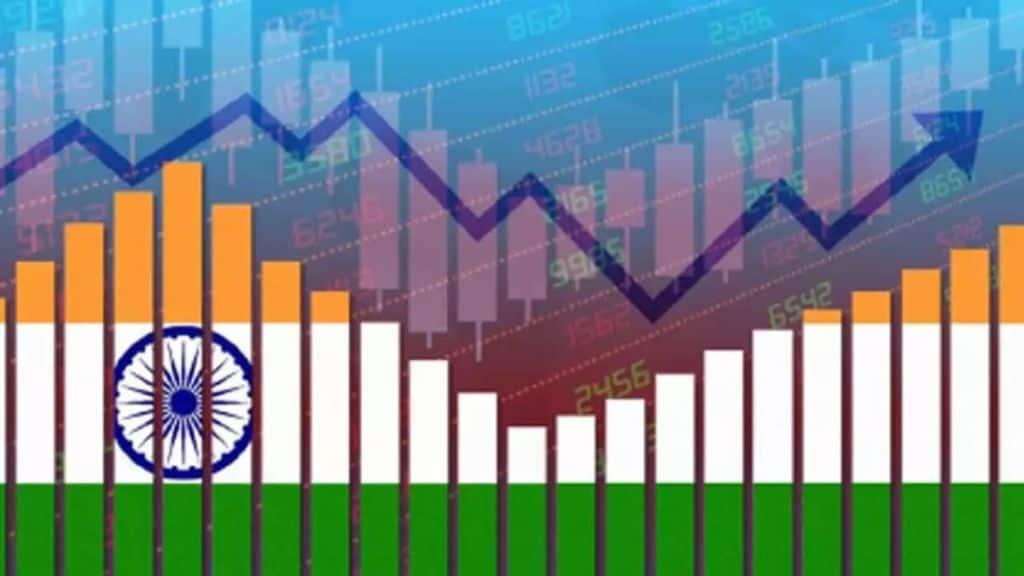India Inc couldn’t have asked for more. Festive sales are booming with everything from cars and two-wheelers to durables and apparel being snapped up in large numbers. Companies and large retailers say footfalls in their showrooms have been high. Consumers are clearly choosing to spend their “savings” from lower income tax rates and goods and services (GST) rate cuts.
The numbers are indeed impressive. Maruti Suzuki, for instance, is believed to have delivered a record 51,000 cars on Dhanteras. That’s precisely what the tax giveaways were intended to do—bring customers into shops and get them to loosen their purse strings. The question now is whether this bounce in demand will sustain. Finance Minister Nirmala Sitharaman believes it will.
To be sure, as the FM pointed out last weekend, the benefits to consumers are here to stay. So while we could see some moderation in sales after the festive season, households will retain the additional purchasing power. At the same time, there are factors that could impact aggregate demand. For one, the high US tariffs are beginning to take a toll on the economy with the country’s exports to the US having fallen 12% in September.
The total exports of gems and jewellery, for instance, slowed to 0.4% year-on-year (y-o-y) in September versus 15.6% y-o-y in August and this would have been largely on account of smaller shipments to the US. Again, outbound shipments of textiles and apparel contracted far more in September than in August. Until a trade deal is signed, the loss of income for workers in these labour-intensive sectors will impact consumption.
Unfortunately, this comes at a time when the levels of job creation in the economy are already low and we are seeing less hiring and even layoffs in well-paying sectors such as information technology. Also, while retail inflation might be very benign currently, and might stay this way thanks to the GST rate cuts, the runaway rise in prices in previous years has left absolute prices of a range of goods and services elevated.
That then could crimp consumption beyond the festive season with households compelled to spend more on necessities or repay their loans. Of course, salary hikes from the 8th Pay Commission’s recommendations will benefit government employees but that is some time away. The government has done more than its fair share to boost consumption and now has limited room for more stimulus if it is to be fiscally prudent.
In the meanwhile, without some meaningful capex by the private sector, it’s hard to see many employment opportunities being created. Sadly, Centre for Monitoring Indian Economy data reveals that the value of new projects announced fell 46% on-year and 16% sequentially in the September quarter. However, the share of the private sector was at its highest since December 2020.
Private final consumption expenditure has grown quite well in the past couple of years—topping 8% in a couple of quarters—and recording a good 7% in the June quarter. But that doesn’t seem to have convinced India Inc to add fresh capacity. An article by central bankers forecasts a rise in private sector capex of 21.5% in the current year to Rs 2.67 lakh crore.
The jump is encouraging but the absolute quantum is not so exciting. In this season of giving, corporate India must loosen its purse strings and spend some of the Rs 14 lakh crore of cash it is sitting on.

